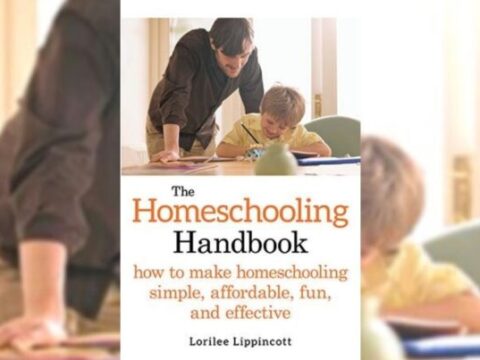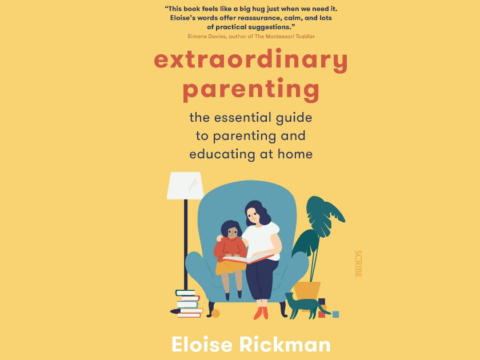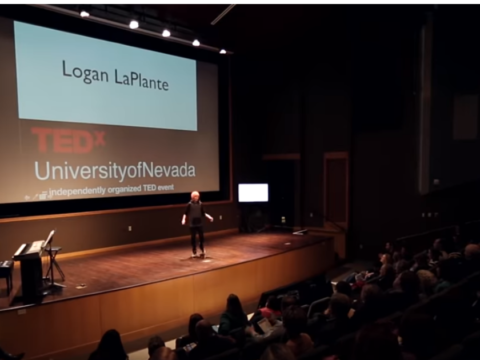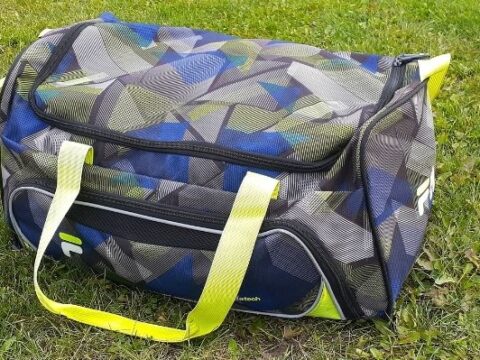When you begin to explore all of the homeschooling options available, you may start to feel overwhelmed. There are literally thousands of choices and educational resources you can look at. Some of the options can be quite expensive but you don’t have to break the bank to homeschool. There are some really affordable ways to get started right now.
Step 1 – Look Around You
The first step should be to look around your house and see what you have. There will no doubt be plenty of learning resources already there. You might need to think outside of what you consider to be school resources. You don’t need textbooks, expensive workbooks, software, or specific apps. You can start where you are.
Step 2 – Visit the Library
If you can’t find learning materials at home, visit your local library and explore the shelves. You can also ask the librarian for help. They will be able to point you in a few different directions and help you get started.
Step 3 – Visit the College or University
If you have a college or university near you that offers teacher training or early childhood education diplomas, you can visit their library and access all sorts of great material for you and your children. Most post-secondary education facilities welcome community members. You will be able to browse and access their collections while on site. Some institutions will let you borrow material if you purchase a library card. I got a year’s membership to my local college for only $10.
Step 4 – Borrow Material From Your Neighbour
If you can, ask to borrow a textbook from a neighbour or friend. Students who attend public school often bring them home to complete their homework. If you can have a quick look through one, you can see what topic are covered and in what order. You can then use this as a guide to what you will cover and some ideas on how to do it.
Some teachers have abandoned textbooks, They can have a variety of problems. As Linda Dobson writes in her book, Homeschooling The Early Years, “Many textbooks plunge children into abstract concepts far too soon, losing or confusing them or, worse, creating yet another generation of arithmetic phobics.”
As a classroom teacher, I can tell you that I never once used a textbook as the only resource in my math program. I picked and chose what worked and used only a small portion of the textbook any given year. I supplemented it with workbook pages, online resources, and even made up a few questions of my own.
Step 5 – Use Everyday Experiences
Lunch can become a math experience by simply cutting sandwiches in creative ways. One mom told a story about how she used to ask her child “how many pieces he wanted his sandwich cut into. If he chose ten, he got ten pieces. As he ate the pieces we talked about how many tenths he’d eaten and how many were left. ‘You’ve eaten 3/10 and you have 7/10 left!”
There are so many teachable moments in the course of a day. Be on the lookout for them because the truth is, “every moment holds the potential to be a learning moment, every experience is a deposit in a knowledge bank, and every ‘thing’ can contribute to the education of your early years child.”
While Dobson was referring to a specific age of learner, I think the above passage speaks volumes for children on any age.
The Resources Are Aplenty
“Your challenge won’t be finding resources but rather narrowing down the choices to those materials that best suit your family’s needs, learning styles, and budget.”
I hope this post has helped you. If you need further assistance in whatever homeschool problem or issue you might have, please don’t hesitate to contact me. I am available for coaching, mentoring, and to answer any questions you have.





